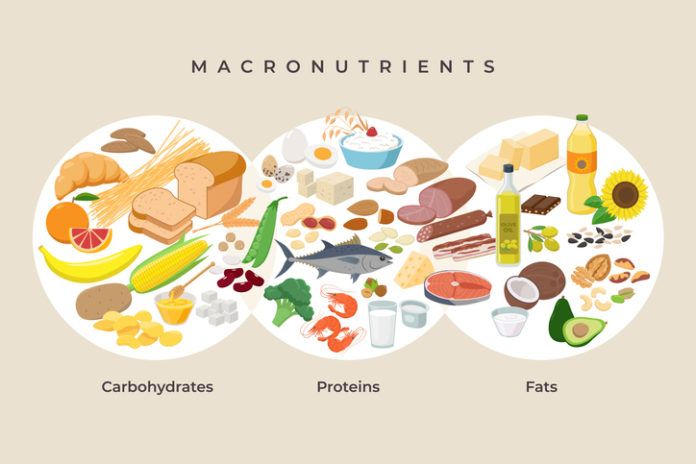A. Lauren McAvoy, a dietetic intern at Tufts Medical Center, answers: “While there are claims that individuals with different body types metabolize nutrients differently, there is currently no scientific evidence to support this concept. An individual’s fat distribution, specifically around the midsection, is associate with certain health outcomes. For example, individuals with an ‘apple’ shaped body type (those with more fat accumulation around their midsection) are more likely to develop cardiometabolic diseases over their lifetime. Body fat distribution is determined by genetics, and level and type of physical activity.
“Overall, an eating pattern consistent with the Dietary Guidelines for Americans is recommended: moderate in protein, fat, and carbohydrate, focusing on type of each rather than specific percentage distributions. The key is individualization—learning what your body responds to best and what is consistent with your lifestyle and personal preferences. That is a dietary pattern you can continue long term to achieve and maintain a healthy weight.”




















